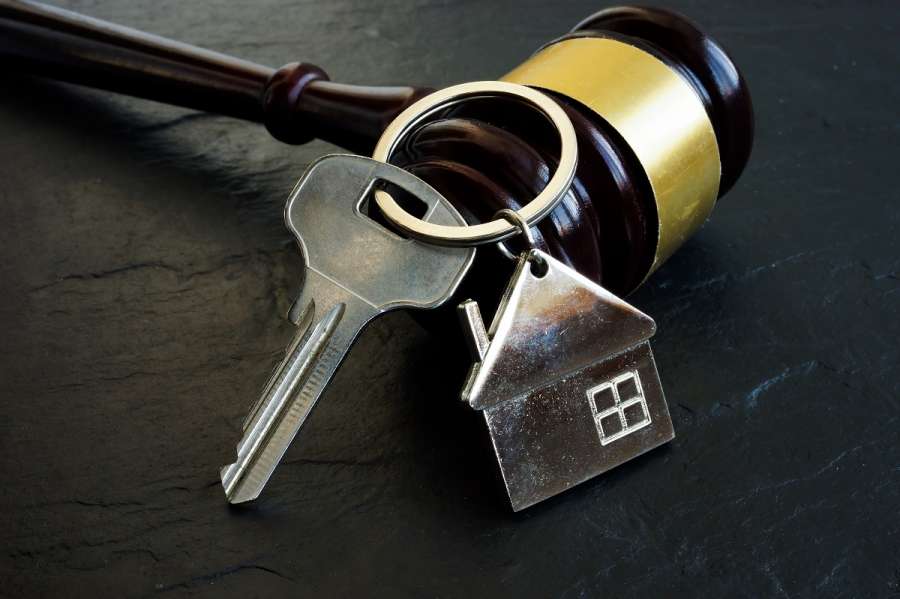At the end of a commercial lease term, a landlord will want to consider any potential claim that they may have against the tenant for the tenant’s breach of the provisions relating to repair, decoration and reinstatement.
Landlords should be aware of timing issues in enforcing dilapidations claims. These could be:
- Contractual: for example, where the lease states that a tenant is only required to reinstate if the landlord gives notice in a prescribed amount of time. Some leases also state that the costs of preparing and serving the schedule are only recoverable if the schedule is served within a certain number of months after the end of the term.
- Procedural: for example, the timetable prescribed by the Pre-Action Protocol for claims for damages in relation to the physical state of commercial property at termination of a tenancy (as set out in the Civil Procedure Rules).
The Protocol is intended to improve pre-action communication between the landlord and tenant by setting a timetable for the exchange of relevant information.
It also sets the standard for the content of dilapidations schedules and enables the parties to make an informed early judgment as the merits of their position before proceedings are issued.
The parties’ obligations under the Protocol can be summarised as follows:










